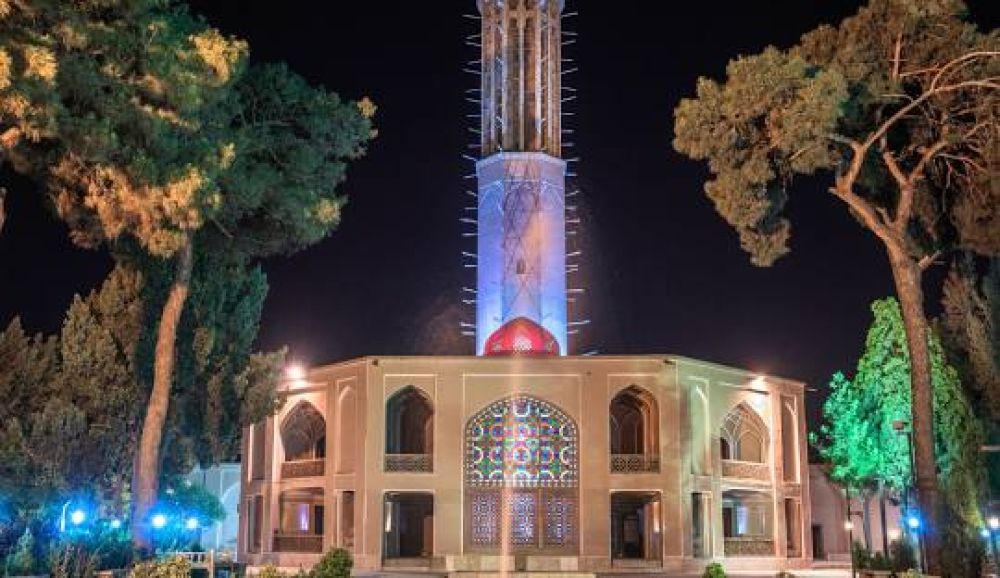

Dolat Abad Garden, recognized as an embodiment of Iranian traditional architecture, dates back to the late 18th century and is famed for hosting the tallest windcatcher (badgir) in Iran. It was originally built as a residence for the Persian ruler Karim Khan Zand, and over the years, it has transformed into a compelling tourist attraction.
Tourism at this UNESCO World Heritage site has been flourishing, especially after Iran's Islamic Revolution in 1979. Post-revolution, Iran undertook efforts to preserve its cultural heritage and historic sites, which later included the Dolat Abad Garden. The garden symbolizes Persian gardens' significant characteristics, such as geometrical design, water features, and the integration with the built structure, which has consistently attracted history and culture enthusiasts.
The rise of cultural tourism has seen an increase in the site's popularity, especially among those eager to explore Persian art and architecture. By the 21st century and with the easing of political tensions, Iran has seen a resurgence of interest from international travelers.
In recent years, the latest trends in tourism at Dolat Abad Garden have emphasized sustainable and responsible travel. The garden itself, a classic example of environmentally adapted architecture, facilitates visitors in understanding the symbiotic relationship between nature and historical man-made structures.
Another trend involves experiential and immersive travel, where tourists engage more deeply with local cultures. In Yazd and the Dolat Abad Garden, this might include guided tours that highlight the garden's role in the city's history, demonstrations of ancient construction techniques, and the cultural significance of garden design.
Technological advancements, such as virtual reality and augmented reality, are also starting to be implemented to enhance the visitor experience. These technologies can help in visualizing the past splendor of the site and provide interactive educational content.
It's also worth noting the role of social media in promoting the tourism of such historical sites. The unique architecture and tranquil beauty of Dolat Abad Garden have made it especially popular on platforms like Instagram, drawing more visitors interested in capturing its serene essence.
Opening Hours: The garden is open to visitors every day, but hours may vary by season. It typically opens around 8:00 AM and closes near sunset.
Admission Fee: There is an admission fee for visitors, which includes access to the garden and its buildings.
Guided Tours: Guided tours are available and offer visitors a chance to learn about the garden's history and architecture in depth.
Location: Dolat Abad Garden is located in Yazd, a city which is a UNESCO-listed town known for its distinctive desert architecture and Zoroastrian heritage.